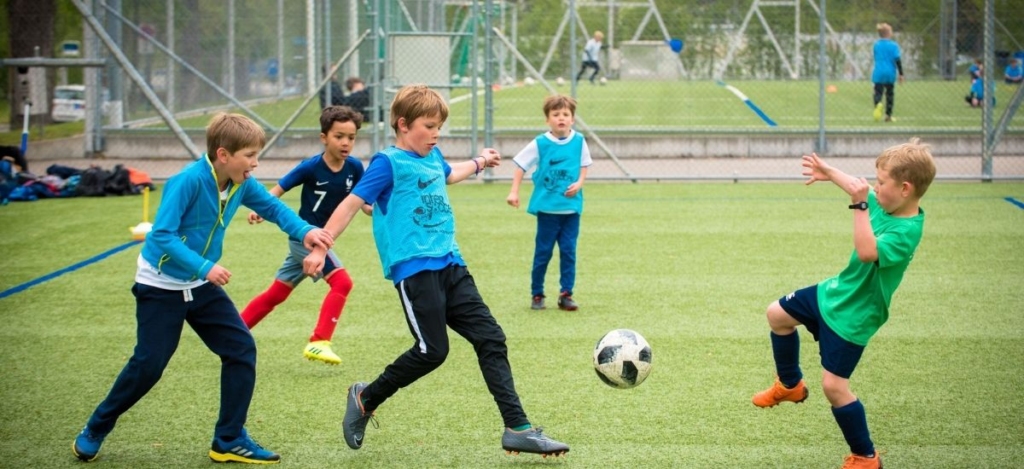Indoor and outdoor football each offer unique benefits and drawbacks for kids aged 3-13 years. Factors such as skill level, weather, and available facilities can influence the needs and preferences of every child.
Indoor Football
Playing indoor provides a controlled environment, making it a great option for consistent training year-round. It eliminates the worry of weather-related disruptions, ensuring that practice sessions can happen regardless of rain, snow, or extreme temperatures. Additionally, indoor facilities typically offer softer surfaces and smaller fields. This can be less intimidating for younger players or those still developing basic football skills. The controlled atmosphere can also help kids focus better without distractions like wind or sun. However, the space is usually more confined, limiting the opportunity to practice certain skills like long passes or goalkeeping techniques. The indoor setting can also create a more artificial feel to the game. This could potentially limit the development of adaptability and resilience in various weather conditions.

Outdooor Football
On the other hand, outdoor football offers a wider range of benefits. This includes the opportunity for children to experience playing on natural grass, which helps them develop better control, agility, and stamina. Outdoor fields are larger, giving kids the chance to practice a broader set of skills, from long-range shots to strategic team play over more expansive areas. The exposure to weather conditions like rain, wind, and sun teaches kids to adapt and build resilience. Outdoor football also enhances the social aspect, as children often play in community fields or parks, giving them more opportunities to interact with peers. However, adverse weather can affect outdoor football, sometimes causing cancellations or creating unsafe conditions. In colder or rainy weather, children may also find it uncomfortable or difficult to play, especially if they are not accustomed to it.

Both indoor and outdoor football can be valuable for children’s development, but the choice depends on the specific needs of the player. Indoor football is ideal for consistency and focused practice, especially for beginners. Outdoor football encourages a wider range of physical and social benefits that come with playing in natural conditions. Each environment has its pros and cons, but both can contribute to the growth of young footballers.

